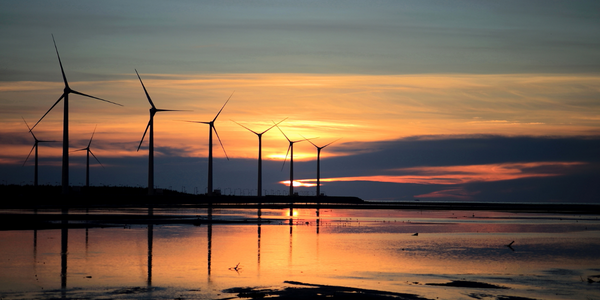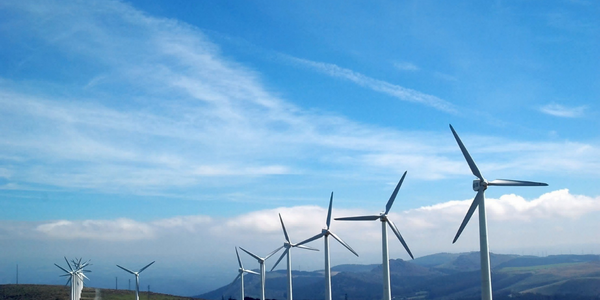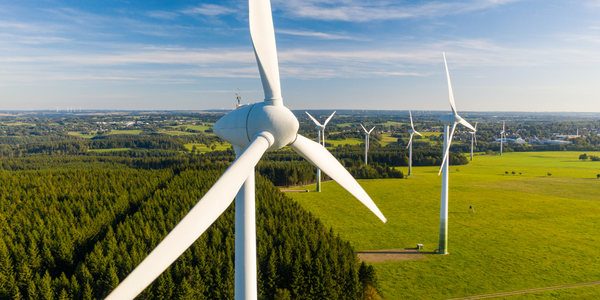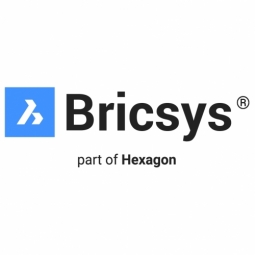Technology Category
- Application Infrastructure & Middleware - Data Exchange & Integration
- Application Infrastructure & Middleware - Middleware, SDKs & Libraries
Applicable Industries
- Renewable Energy
- Telecommunications
Applicable Functions
- Product Research & Development
Services
- System Integration
About The Customer
Australian Radio Towers (ART) is an engineering, fabrication, and construction company based in Murwillumbah NSW 2484, Australia. The company services Australian development projects, specializing in the design, manufacture, and installation of free-standing towers, guy lattice met masts, and portable solar power stations. ART is committed to delivering market-leading engineering solutions to the renewable energy sector. The company's team includes senior drafter Leon Worsley, who played a key role in the decision to switch to BricsCAD as the company's preferred CAD platform.
The Challenge
Australian Radio Towers (ART), an engineering, fabrication, and construction company, was facing challenges with its existing design software. The company, which designs, manufactures, and installs free-standing towers, guy lattice met masts, and portable solar power stations, was struggling with the integration between AutoCAD and Solidworks. This was causing inefficiencies and hindering the company's ability to deliver market-leading engineering solutions to the renewable energy sector. The company needed a solution that would allow them to seamlessly move between 2D, 3D, Mechanical components, and BIM.
The Solution
ART decided to switch to BricsCAD as its preferred CAD platform. The key drivers behind this decision were the value for money, .dwg technology integration, and the ease of using a single family of products that BricsCAD offered. The transition to BricsCAD was smooth, with Leon Worsley, a senior drafter at ART, and his team becoming comfortable with the new platform in just a few days. The Bricsys Help Center provided support as needed, further facilitating the switch and ensuring that the team could effectively use the new platform for their various design needs.
Operational Impact

Case Study missing?
Start adding your own!
Register with your work email and create a new case study profile for your business.
Related Case Studies.

Case Study
Remote Monitoring & Predictive Maintenance App for a Solar Energy System
The maintenance & tracking of various modules was an overhead for the customer due to the huge labor costs involved. Being an advanced solar solutions provider, they wanted to ensure early detection of issues and provide the best-in-class customer experience. Hence they wanted to automate the whole process.

Case Study
Vestas: Turning Climate into Capital with Big Data
Making wind a reliable source of energy depends greatly on the placement of the wind turbines used to produce electricity. Turbulence is a significant factor as it strains turbine components, making them more likely to fail. Vestas wanted to pinpoint the optimal location for wind turbines to maximize power generation and reduce energy costs.

Case Study
Siemens Wind Power
Wind provides clean, renewable energy. The core concept is simple: wind turbines spin blades to generate power. However, today's systems are anything but simple. Modern wind turbines have blades that sweep a 120 meter circle, cost more than 1 million dollars and generate multiple megawatts of power. Each turbine may include up to 1,000 sensors and actuators – integrating strain gages, bearing monitors and power conditioning technology. The turbine can control blade speed and power generation by altering the blade pitch and power extraction. Controlling the turbine is a sophisticated job requiring many cooperating processors closing high-speed loops and implementing intelligent monitoring and optimization algorithms. But the real challenge is integrating these turbines so that they work together. A wind farm may include hundreds of turbines. They are often installed in difficult-to-access locations at sea. The farm must implement a fundamentally and truly distributed control system. Like all power systems, the goal of the farm is to match generation to load. A farm with hundreds of turbines must optimize that load by balancing the loading and generation across a wide geography. Wind, of course, is dynamic. Almost every picture of a wind farm shows a calm sea and a setting sun. But things get challenging when a storm goes through the wind farm. In a storm, the control system must decide how to take energy out of gusts to generate constant power. It must intelligently balance load across many turbines. And a critical consideration is the loading and potential damage to a half-billion-dollar installed asset. This is no environment for a slow or undependable control system. Reliability and performance are crucial.

Case Study
Remote Monitoring and Control for a Windmill Generator
As concerns over global warming continue to grow, green technologies are becoming increasingly popular. Wind turbine companies provide an excellent alternative to burning fossil fuels by harnessing kinetic energy from the wind and converting it into electricity. A typical wind farm may include over 80 wind turbines so efficient and reliable networks to manage and control these installations are imperative. Each wind turbine includes a generator and a variety of serial components such as a water cooler, high voltage transformer, ultrasonic wind sensors, yaw gear, blade bearing, pitch cylinder, and hub controller. All of these components are controlled by a PLC and communicate with the ground host. Due to the total integration of these devices into an Ethernet network, one of our customers in the wind turbine industry needed a serial-to-Ethernet solution that can operate reliably for years without interruption.

Case Study
Temperature monitoring for vaccine fridges
Dulas wanted a way to improve the reliability of the cold chain, facilitating maintenance and ensuring fewer vaccines are spoiled. Dulas wanted an M2M solution which would enable them to record and report the temperature inside vaccine refrigerators.








